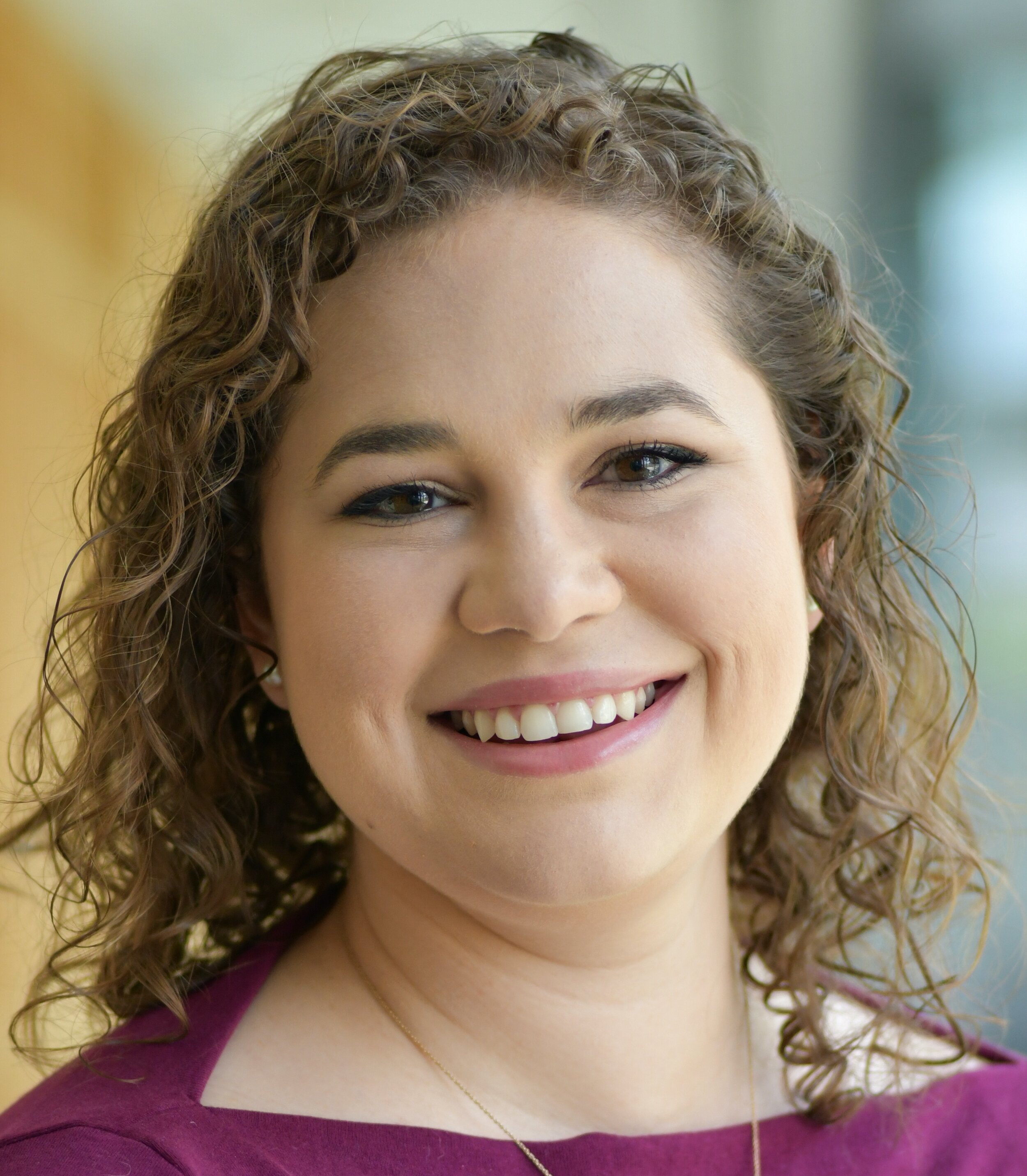By Eleftheria Slika, M.D., and Megan Beers Wood, Ph.D.
We are studying the potential of gene therapy for preventing noise-induced hearing loss (NIHL). Our project’s aim is to enhance a native cochlear reflex that becomes activated by loud sounds and sends signals to specialized cells in the inner ear called outer hair cells, so that they do not overactivate to a damaging degree.
This signaling is mediated by a certain type of protein on the surface of these outer hair cells called a nicotinic receptor. Studies on genetically modified mice with a mutated form of this particular nicotinic receptor have shown that they are protected from NIHL.
Our team posed the question of whether we could introduce this mutated nicotinic receptor directly in the inner ear of mice with otherwise healthy hearing, enhance this reflex, and see if their hearing is still preserved following exposure to loud noise. Our results were published in the journal Molecular Therapy Methods & Clinical Development in June 2025.
This graphical abstract summarizes the paper titled, “Virally mediated enhancement of efferent inhibition reduces acoustic trauma in wild-type murine cochleas.” Credit: Slika et al./Molecular Therapy Methods & Clinical Development
For this study, the mutated nicotinic receptor was inserted into a virus that can infect the cells in the inner ear safely without multiplying and causing disease. This virus belongs to the family of adeno-associated viruses (AAVs), many of which are currently being used in experimental gene therapies because of their ability to carry information for the production of a certain protein directly into a cell, without causing any damage or disease to the cell itself. We injected this virus with the information for the production of the mutated nicotinic receptor directly into the inner ear of baby mice, by performing surgery under a microscope.
Once the information for producing the mutated nicotinic receptor reached the outer hair cells and the mice grew into adulthood, we tested their hearing to check whether the surgery or the injection caused any damage. We found there were no major adverse effects on hearing sensitivity.
Following the baseline hearing tests, we exposed them to loud noise of 100 decibels (about the sound level of a chainsaw) for one hour. After the noise exposure, we continued to test their hearing at various time points to monitor the post-exposure damage and recovery.
The mice that had received an injection with the virus bearing the information for the mutated nicotinic receptor showed both a lesser degree of hearing impairment and a larger recovery in the weeks following the noise exposure, when compared with groups of mice that had either received a placebo injection or no injection at all.
Our data showed that introducing the mutated nicotinic receptor into otherwise healthy ears can prevent, to some extent, permanent auditory damage caused by loud noise and accelerate hearing recovery.
This has been a first attempt in modulating native reflexes and neuronal circuits for damage protection of specialized sensory and neuronal cells. Our hope is that research on gene therapy for auditory and neurologic diseases will continue to expand and more studies will evaluate the potential of AAVs as tools for therapeutic agents that need access to specialized and anatomically secluded structures such as the inner ear. This approach could therapeutically serve conditions like hearing loss, age-related hearing loss, hyperacusis (noise-induced ear pain), or tinnitus (ringing in the ears).
The paper’s first author, Eleftheria Slika, M.D. (left, top), is a postdoctoral fellow in the lab of Amanda Lauer, Ph.D. She was mentored by coauthors Paul Fuchs, Ph.D., and Megan Beers Wood, Ph.D. (left, bottom), who was a 2022–2023 Emerging Research Grants scientist generously funded by Hyperacusis Research, where she is now a member of their scientific advisory board. She is an associate professor in the department of hearing and speech sciences at the Vanderbilt University School of Medicine, where she oversees her HARMONIC Laboratory (Hearing Response Mechanisms Through Observations of Neuro-Immunity in the Cochlea).










Which noises should we be aware of this holiday season?